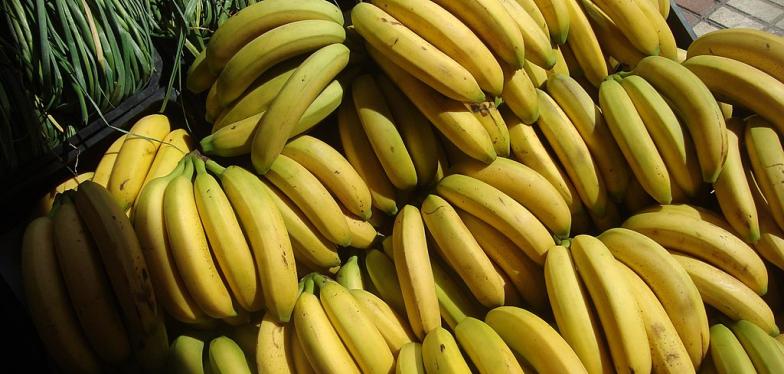Can KU Leuven and Meise Botanical Garden save our bananas?
11/01/2024
Fungal diseases have targeted the Cavendish, virtually the only banana variety sold in Europe. Two Belgian scientists are searching the Australian rainforest for genetic material that could produce a stronger variety through crossing and selection.

© CC BY-SA 4.0 / Juan Emilio Prades Bel
Most of the bananas we buy today are descended from a plant grown in the greenhouses of country house Chatsworth House in the English county of Derbyshire almost 200 years ago. Those so-called Cavendish bananas are named after William Cavendish, the 6th Earl of Devonshire (1811-1858), whose gardener planted a cutting on the estate. By the spring of 1836, there were more than 100 banana trees. The earl gave some of the plants to missionaries and so they got spread around the world.
Now, those cultivated Cavendish in all banana-producing regions, namely Asia, Africa and South America, are threatened by the dreaded and difficult to control soil fungus Fusarium, responsible for panama disease. It invades through the roots and the plant dies. Even decades later, there are sometimes still traces of the fungus in the soil. Potentially disastrous for offspring and growers, especially in monocultures, but fortunately, due to strict precautions, the fungus spreads more slowly. Still.
In the collected seeds, leaves and stems of the wild primordial mother of our banana in Australia, scientists hope to find genes to breed resistance to fungi, bacteria, viruses and drought.